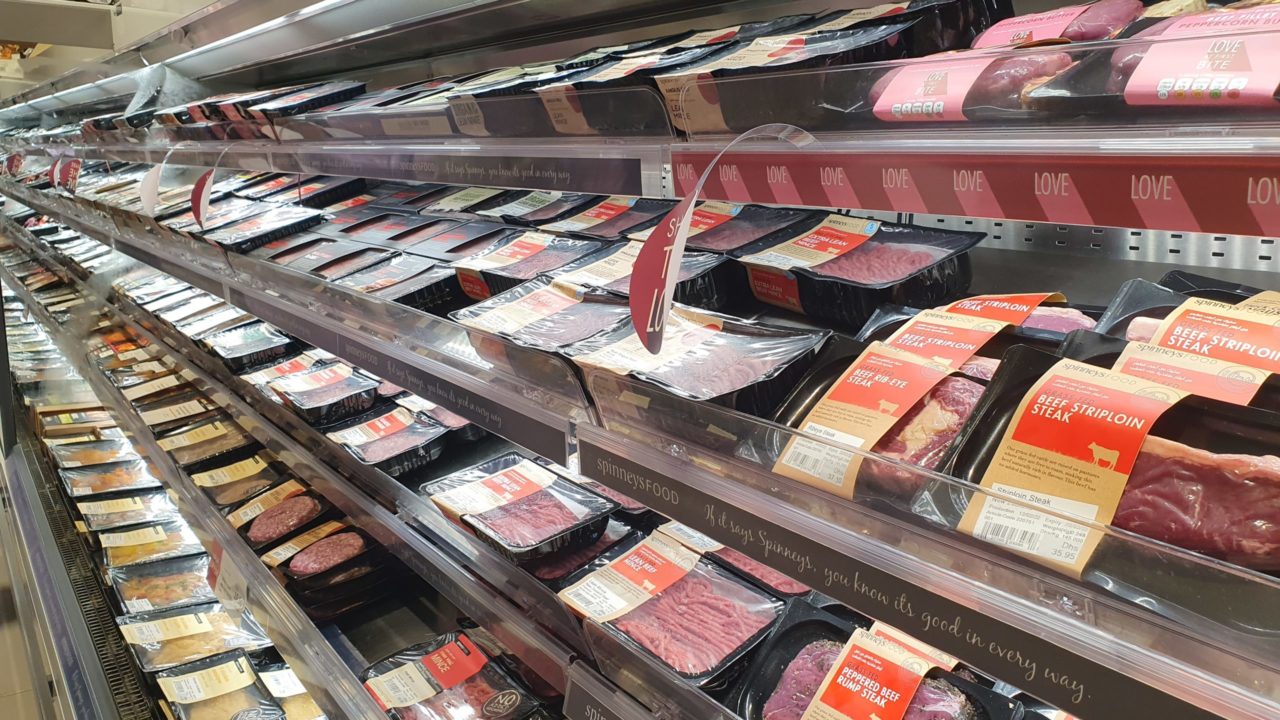The thoughts of market analysts are now turning to the impact of the conflict in Ukraine on global meat supplies.
Writing in the most recent issue of the International Meat Secretariat (IMS) Newsletter, Rupert Claxton – the meat and livestock director of the international consultancy and research firm Gira – confirmed that the war between Russia and Ukraine came at a point when global commodity supply balances were already tight.
“Demand was starting to recover from two years of Covid-19, oil prices were increasing, and OPEC [Organisation of the Petroleum Exporting Countries] was slowly working to readjust production to maintain balance," Claxton said.
“The war caused a price boom to $128/barrel, before settling back around $105/barrel, which is still very high.
“In the livestock sector feed costs were already high, reflecting strong demand, concerns over the 2022/23 harvest outlook, and low stocks globally.
“For the global meat system, the war between Russia and Ukraine is primarily an issue for feed supply and its dramatic global price impact, rather than that of a disrupted Ukrainian meat supply.”
According to Claxton, Ukraine has traditionally been a significant exporter of chicken. In 2020 its combined exports to the Middle East and North Africa (MENA), Africa and the EU 27 totalled 431,086t per week.
However, volumes will likely be substituted by Brazil and others without too much market disruption.
Impact of conflict in Ukraine
From a Russian perspective, the further devaluation of the ruble does make its modest meat export volumes even more competitive. Moreover, most of the main destination countries for this produce (China, central Asia, MENA) will remain as customers.
“The Ukrainian feed outlook is extremely serious. Whilst winter wheat was planted last year, the spring planting campaign for corn, sunflower, barley, and rapeseed should now be in full swing and as usual this is extremely time sensitive," Claxton continued.
“To date, the claim is that early plantings have gone well. The redirection of the Russian war effort to the east will remove some of the barriers to planting in the west of Ukraine. However Ukrainian farmers are still very short of inputs, fuel and labour, logistics are fractured, and the duration of the war is unknown.
“Even if 80% of spring acreage is sown, it seems unlikely that average yields can be achieved and so the harvest outturn is likely to be well down, let alone the export volumes."
Claxton went on to point out that Russia continues to blockade Ukraine’s ports while that country's grain export infrastructure is badly damaged.
“Significant exports in the second half of 2022 are unlikely," he stated.
So the question becomes - how much of the combined pre-war export volume of 55mt of grain and oilseed can they produce, let alone export?
The Gira representative believes that other sources will not quickly fill these supply gaps. South American first quarter 2022 harvest yields have been disappointing, and whilst EU crops have overwintered well, there are cost and availability challenges for agrochemicals.
The US wheat crop is already drought-stressed and the mid-west outlook is dry.
China has had two disappointing harvests in a row, which have been unable to meet the needs of rapidly rising industrial feed demand, hence the surge in corn and wheat imports, in addition to its vast soybean imports.
Record high global fertiliser prices suggest that farmers will apply less in the 2022 growing season and maybe in 2023.
“Lower yields seem inevitable, at higher costs,” Claxton explained.
“The challenge of recovering the surging feed, labour, fuel, packaging and freight costs all though the meat supply chain is confronting two major obstacles.
“Retailers are battling for share of a market which is diminished by a resurgent foodservice sector.
“Secondly, consumer disposable income is being squeezed by very widespread cost inflation of everything else that they buy and governments who will be wanting to increase taxes to pay for the pandemic consequences.
“Adequate meat price increases are going to be difficult to achieve. Whilst it is essential to pass rising costs on to the consumer, the result is that consumers will down-trade their meat choices, and ultimately eat less meat," Claxton continued.
"We are already seeing this in a number of EU markets. The effect in developing markets of high feed costs will be more abrupt.
“The positive outlook for meat demand in 2022 has been lost in most markets, with the global industry looking to rationalise for another tough phase. The impact of this war continues to shift; the challenges though remain significant.”

